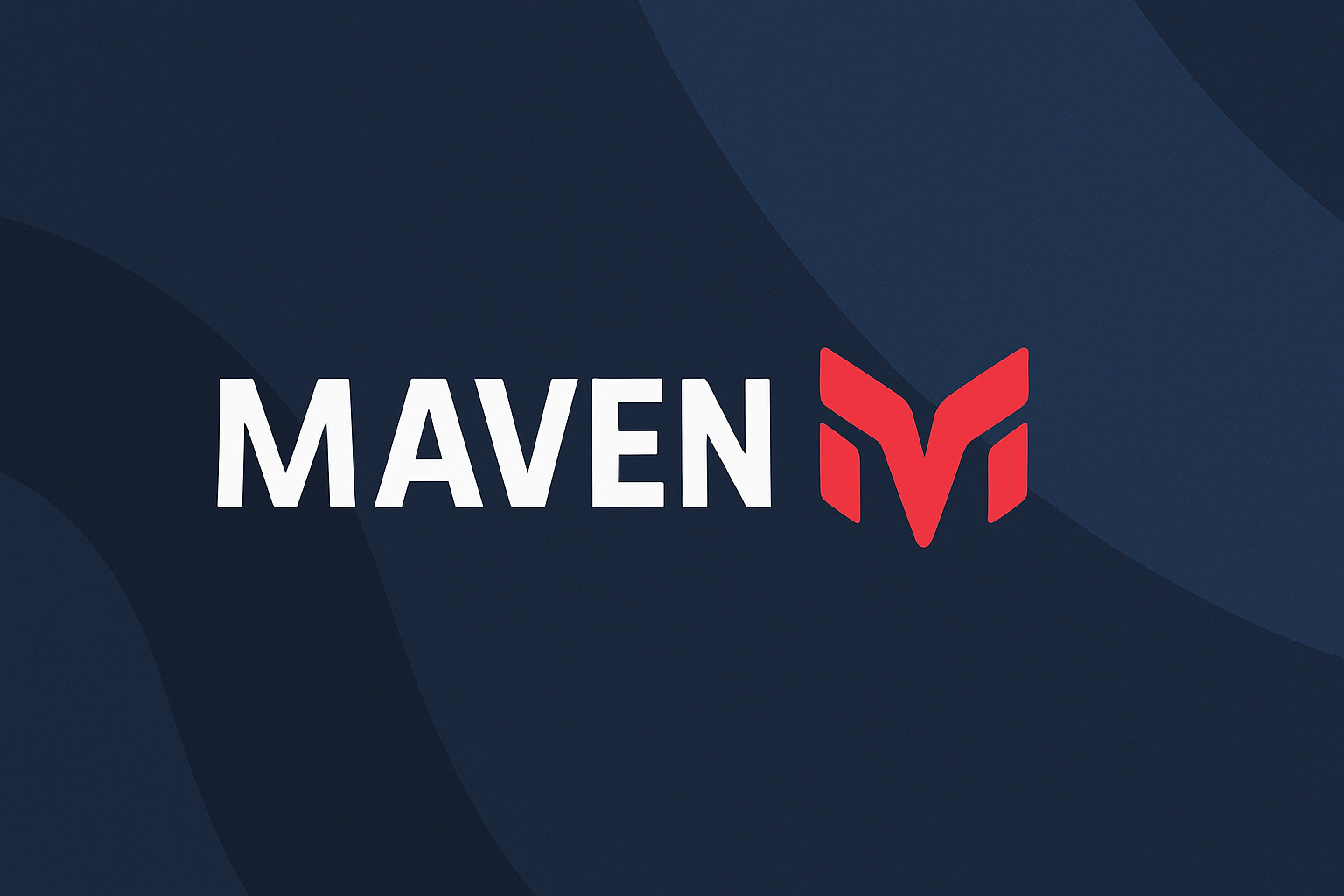Master Automation Testing with Maven: Tips and Tricks .
 SESHADRI KOLLA
SESHADRI KOLLATable of contents
- What is Maven?
- 🚀 Essential Maven Commands for Test Automation Engineers (SDET)
- 📌 Advanced Maven Commands for Test Engineers
- ⚡ Running Tests in Different Ways
- 🔧 Maven Commands for Surefire and Failsafe Plugins (Test Execution & Reports)
- 🌍 Running Tests in Different Environments (Using Profiles)
- 🚀 Maven Commands for Continuous Integration (Jenkins)
- 🛠️ Debugging Maven Issues
- 🎯 Maven Lifecycle Phases (Build Stages)
- 🔥 Conclusion

What is Maven?
Maven is a build automation tool primarily used for Java-based projects, including UI and API Automation Testing. It simplifies project management by handling dependencies, build processes, and project configurations.
For automation testing, Maven helps in:
Managing dependencies (like Selenium, TestNG, REST Assured).
Running test scripts using the command line.
Generating test reports.
Integrating with CI/CD tools like Jenkins.
🚀 Essential Maven Commands for Test Automation Engineers (SDET)
| Command | Usage |
mvn clean | Deletes the target directory (removes compiled files, old reports, logs) |
mvn compile | Compiles the source code of the project (only compiles, does not run tests) |
mvn test | Runs all unit tests & automation tests (TestNG/JUnit) |
mvn package | Compiles and packages the project into a JAR/WAR file |
mvn install | Installs the built package into the local repository (.m2 folder) |
mvn deploy | Deploys the packaged project to a remote repository (for team collaboration) |
mvn verify | Runs tests and verifies project integrity before deployment |
mvn validate | Ensures all necessary configurations and dependencies are available |
mvn site | Generates a website with project documentation and reports |
📌 Advanced Maven Commands for Test Engineers
| Command | Usage |
mvn dependency:tree | Displays the dependency hierarchy (helps resolve conflicts) |
mvn dependency:analyze | Checks for unused and missing dependencies |
mvn dependency:copy-dependencies | Copies all dependencies to the target folder |
mvn help:describe -Dplugin=<plugin-name> | Displays details about a specific plugin |
mvn versions:display-dependency-updates | Shows available updates for project dependencies |
mvn versions:display-plugin-updates | Shows available updates for project plugins |
⚡ Running Tests in Different Ways
| Command | Usage |
mvn test -Dtest=TestClassName | Runs a specific TestNG/JUnit class |
mvn test -Dtest=TestClass#methodName | Runs a specific test method |
mvn test -DsuiteXmlFile=TestSuite.xml | Runs TestNG suite from XML file |
mvn test -Dgroups="smoke" | Runs only tests belonging to the "smoke" test group |
mvn test -DincludeTags="regression" | Runs tests with JUnit 5 @Tag("regression") |
mvn test -DexcludedGroups="database" | Excludes tests belonging to "database" group |
🔧 Maven Commands for Surefire and Failsafe Plugins (Test Execution & Reports)
| Command | Usage |
mvn surefire-report:report | Generates a TestNG/JUnit report using Surefire plugin |
mvn surefire:test | Runs tests using the Surefire plugin |
mvn failsafe:integration-test | Runs integration tests before verifying the build |
mvn failsafe:verify | Ensures integration tests have passed before proceeding |
🌍 Running Tests in Different Environments (Using Profiles)
Profiles allow running tests in different environments like QA, Staging, or Production.
1. Define Profiles in pom.xml
<profiles>
<profile>
<id>qa</id>
<properties>
<env>QA</env>
</properties>
</profile>
<profile>
<id>staging</id>
<properties>
<env>STAGING</env>
</properties>
</profile>
<profile>
<id>prod</id>
<properties>
<env>PRODUCTION</env>
</properties>
</profile>
</profiles>
2. Run Tests in a Specific Environment
| Command | Usage |
mvn test -P qa | Runs tests in the QA environment |
mvn test -P staging | Runs tests in the Staging environment |
mvn test -P prod | Runs tests in the Production environment |
🚀 Maven Commands for Continuous Integration (Jenkins)
| Command | Usage |
mvn test -DskipTests | Skips test execution but still builds the project |
mvn clean install -DskipTests | Builds the project and installs it without running tests |
mvn clean test -Dmaven.test.failure.ignore=true | Runs tests but ignores failures (useful in CI/CD pipelines) |
mvn verify -Dparallel=classes -DthreadCount=3 | Runs tests in parallel with 3 threads |
🛠️ Debugging Maven Issues
| Command | Usage |
mvn -X | Runs Maven in debug mode (shows detailed logs) |
mvn -e | Shows error messages in case of failures |
mvn help:effective-pom | Displays the effective POM.xml used by Maven |
mvn dependency:tree -Dverbose | Shows dependency resolution process (for conflict resolution) |
🎯 Maven Lifecycle Phases (Build Stages)
Maven has different phases in the build lifecycle. You don’t need to run each phase manually—just running mvn install will execute all previous phases automatically.
| Phase | Description |
validate | Validates if the project structure and POM.xml are correct |
compile | Compiles the source code |
test | Runs unit tests and automation tests |
package | Creates a JAR/WAR file |
verify | Runs additional checks before installation |
install | Installs the package into the local repository |
deploy | Deploys the package to a remote repository |
🔥 Conclusion
As a Test Automation Engineer (SDET), mastering Maven commands is essential for managing dependencies, running test cases, debugging issues, and integrating with CI/CD tools like Jenkins.
🚀 Top 10 Most Used Maven Commands in Automation Testing
1️⃣ mvn clean – Removes old files.
2️⃣ mvn compile – Compiles the project.
3️⃣ mvn test – Runs the test cases.
4️⃣ mvn package – Creates a JAR/WAR file.
5️⃣ mvn install – Installs the project locally.
6️⃣ mvn deploy – Deploys the package.
7️⃣ mvn surefire-report:report – Generates test reports.
8️⃣ mvn test -Dtest=TestClassName – Runs specific tests.
9️⃣ mvn test -P qa – Runs tests in different environments.
🔟 mvn verify -Dparallel=classes -DthreadCount=3 – Runs tests in parallel.
Subscribe to my newsletter
Read articles from SESHADRI KOLLA directly inside your inbox. Subscribe to the newsletter, and don't miss out.
Written by
